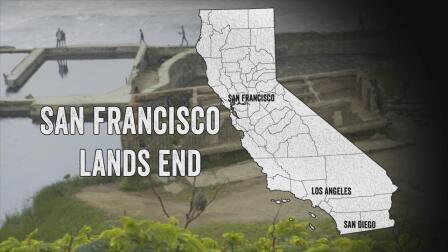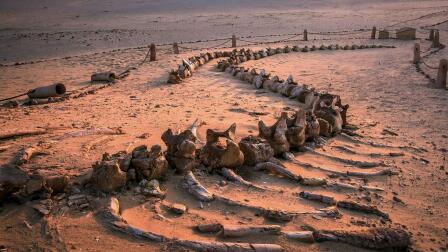Up Next

Exploring the Sutro Baths and the Natural Beauty of San Francisco's Lands End

Celebrating the Rich Biodiversity at the Marin Headlands, San Francisco's Backyard
Ownership of Tribal Land Restored at Kashia Coastal Reserve
"Understanding Kashia's history is understanding the struggle," says Reno Franklin, Chairman of the Kashia Band of Pomo Indians. The Kashia Band of Pomo Indians were the first inhabitants of the coastal Sonoma County area around Fort Ross. The Kashia lived in lands that extended from the Gualala River in the North to Duncan’s Point south of the Russian River. From the West, Kashia territory extended from the Pacific coast over coastal mountain ranges down the Warm Springs Creek to the confluence of Dry Creek, thirty miles inland. An estimated 1,500 people inhabited this area pre-contact with Europeans, and migrated seasonally throughout this territory to take full advantage of the resources for their subsistence. By 1870, only 3 villages remained and by 1914, the United States Federal Government began the process of taking the land into a trust, establishing the Stewarts Point Rancheria. In 2015, the Trust for Public land purchased the property and helped establish the Kashia Coastal Reserve, restoring ownership to the Kashia people.






















